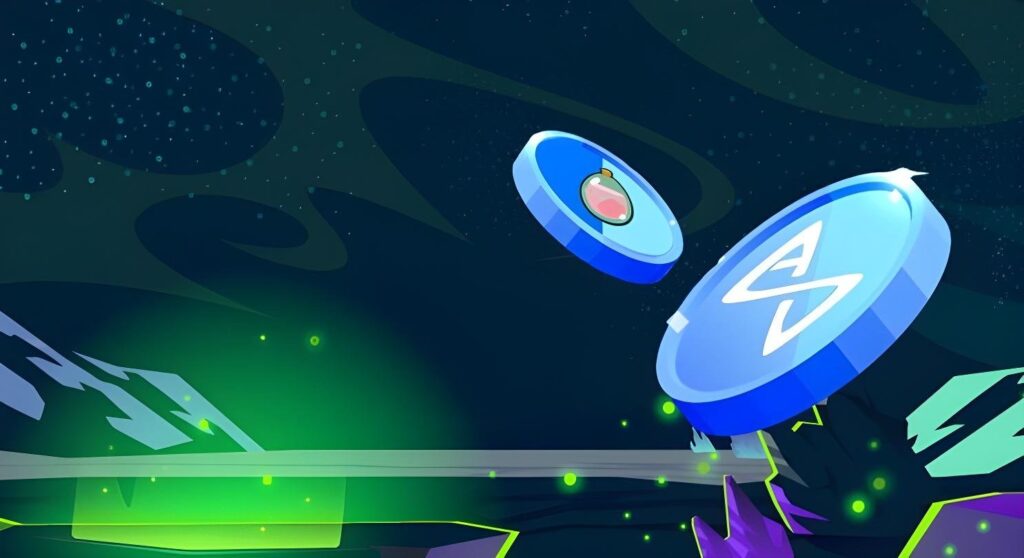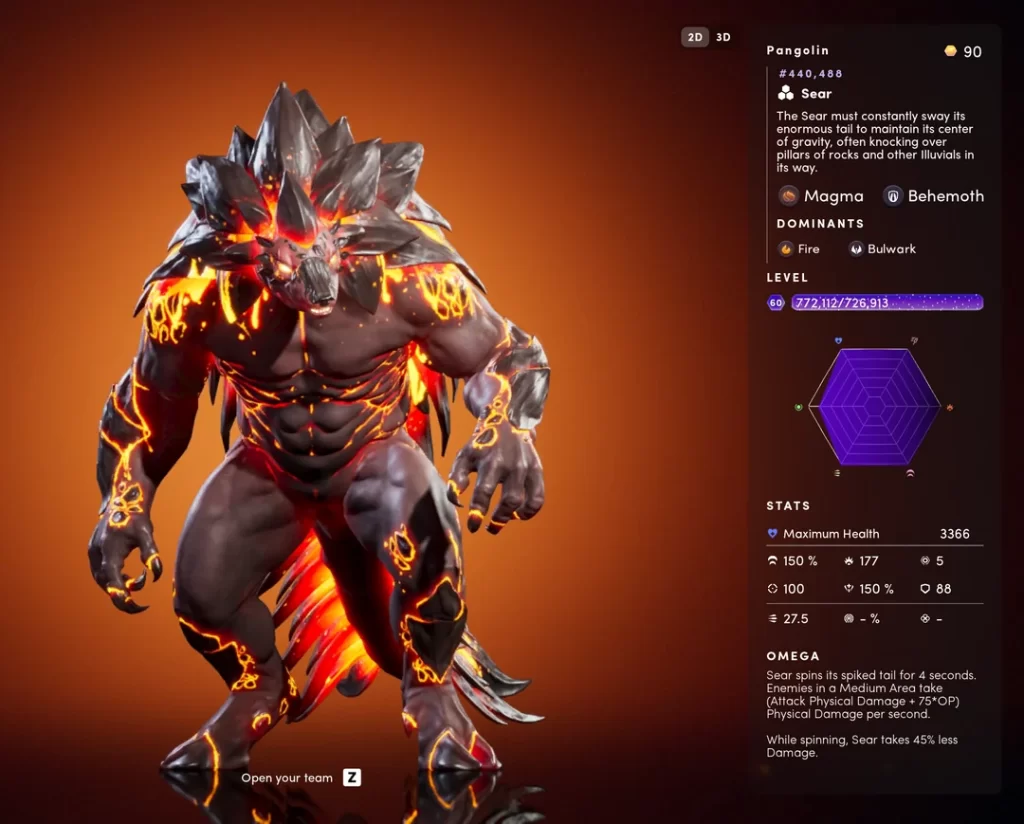In recent years, the intersection of gaming and finance has given rise to a burgeoning sector known as GameFi, which combines gaming with decentralized finance (DeFi) principles. This innovative approach not only enhances player engagement but also creates sustainable gaming economies that can thrive in the long term. This article delves into the intricacies of GameFi game development, exploring the mechanisms that underpin sustainable gaming economies, real-world examples, and the challenges developers face in this rapidly evolving landscape.
Understanding GameFi: The Convergence of Gaming and Finance
GameFi represents a paradigm shift in how games are monetized and how players interact with in-game assets. By integrating blockchain technology, GameFi allows players to own, trade, and monetize their in-game assets, creating a decentralized economy. This ownership is facilitated through non-fungible tokens (NFTs) and cryptocurrencies, which serve as the backbone of these gaming ecosystems.
According to a report by DappRadar (2023), the GameFi sector accounted for over 50% of all blockchain activity in Q1 2023, highlighting its significance in the broader blockchain landscape. The report also noted that the number of unique active wallets interacting with GameFi projects reached 1.5 million, underscoring the growing interest in this sector.
Key Components of Sustainable Gaming Economies
1. Tokenomics: Designing Incentive Structures
Tokenomics refers to the economic model that governs the issuance, distribution, and utility of tokens within a game. A well-designed tokenomics model is crucial for creating a sustainable gaming economy. It should balance supply and demand, incentivize player engagement, and ensure that the in-game economy remains stable.
For instance, Axie Infinity, one of the most successful GameFi projects, employs a dual-token system comprising Axie Infinity Shards (AXS) and Smooth Love Potion (SLP). AXS serves as a governance token, allowing players to participate in decision-making processes, while SLP is used for breeding Axies and can be earned through gameplay. This dual-token model creates multiple avenues for player engagement and economic participation.

Axie Infinity uses AXS and SLP for player engagement.
2. Play-to-Earn (P2E) Mechanics
The Play-to-Earn model has revolutionized the gaming industry by allowing players to earn real-world value through gameplay. This model not only enhances player retention but also attracts a diverse audience, including those who may not traditionally engage with video games.
A notable example is Decentraland, a virtual reality platform where players can buy, sell, and develop virtual real estate using the MANA cryptocurrency. Players can earn income by renting out their properties or hosting events, creating a vibrant economy that incentivizes participation and investment.
3. Community Governance and Decentralization
Decentralization is a core principle of blockchain technology, and it extends to GameFi projects through community governance. By allowing players to participate in decision-making processes, developers can foster a sense of ownership and loyalty among their user base.
For example, the governance model of The Sandbox allows players to vote on proposals related to game development and ecosystem changes. This participatory approach not only empowers players but also ensures that the game evolves in a manner that aligns with the community’s interests.
4. Interoperability and Cross-Platform Integration
Interoperability refers to the ability of different blockchain networks and games to interact with one another. This feature is essential for creating a cohesive gaming ecosystem where players can transfer assets across different platforms.
Projects like Enjin are pioneering interoperability by allowing developers to create blockchain-based assets that can be used across multiple games. This not only enhances the utility of in-game assets but also encourages collaboration among developers, leading to a more robust gaming economy.
Challenges in Building Sustainable Gaming Economies
While the potential for sustainable gaming economies is immense, developers face several challenges in realizing this vision.
1. Market Volatility
The cryptocurrency market is notoriously volatile, which can impact the stability of in-game economies. For instance, the price of Axie Infinity’s AXS token fluctuated dramatically in 2021, leading to concerns about the sustainability of its economy. Developers must implement mechanisms to mitigate the effects of market volatility, such as stabilizing token prices through buyback programs or implementing dynamic supply adjustments.
2. Regulatory Uncertainty
As GameFi continues to grow, regulatory scrutiny is increasing. Governments around the world are grappling with how to classify cryptocurrencies and NFTs, which can create uncertainty for developers. For example, in 2022, the U.S. Securities and Exchange Commission (SEC) began investigating several GameFi projects for potential securities violations. Developers must stay informed about regulatory developments and adapt their models accordingly to ensure compliance.
3. Player Retention and Engagement
While the P2E model attracts players, retaining them in the long term can be challenging. Developers must continually innovate and provide engaging content to keep players invested in the game. This can involve regular updates, new gameplay mechanics, and community events that foster a sense of belonging.
Real-World Examples of Successful GameFi Projects
Several GameFi projects have successfully implemented sustainable gaming economies, serving as case studies for future developers.
1. Axie Infinity
As previously mentioned, Axie Infinity has become a benchmark for GameFi success. With over 2.5 million daily active users at its peak in 2021, the game generated over $1 billion in revenue through its P2E model. The game’s success can be attributed to its engaging gameplay, strong community governance, and effective tokenomics.
2. The Sandbox
The Sandbox has carved out a niche in the metaverse space by allowing players to create, own, and monetize their gaming experiences. With partnerships with major brands like Atari and Snoop Dogg, The Sandbox has attracted significant investment and user engagement. Its focus on user-generated content and community governance has fostered a vibrant ecosystem that continues to grow.
3. Illuvium
Illuvium is an open-world RPG that combines elements of traditional gaming with blockchain technology. The game features a unique auto-battler mechanic and allows players to capture and trade creatures known as Illuvials. With a focus on high-quality graphics and gameplay, Illuvium aims to attract traditional gamers while incorporating P2E mechanics to enhance player engagement.

Capture, trade Illuvials, and explore the blockchain RPG Illuvium.
Conclusion
Building sustainable gaming economies in the GameFi sector requires a multifaceted approach that encompasses tokenomics, P2E mechanics, community governance, and interoperability. While challenges such as market volatility and regulatory uncertainty persist, successful projects like Axie Infinity, The Sandbox, and Illuvium demonstrate the potential for creating engaging and profitable gaming experiences. As the GameFi landscape continues to evolve, developers must remain agile and innovative to navigate the complexities of this dynamic industry.
In summary, the key takeaways from this exploration of GameFi game development include the importance of designing robust tokenomics, leveraging P2E mechanics, fostering community governance, and ensuring interoperability. By addressing these components, developers can create sustainable gaming economies that not only attract players but also provide long-term value in the ever-changing landscape of gaming and finance.

